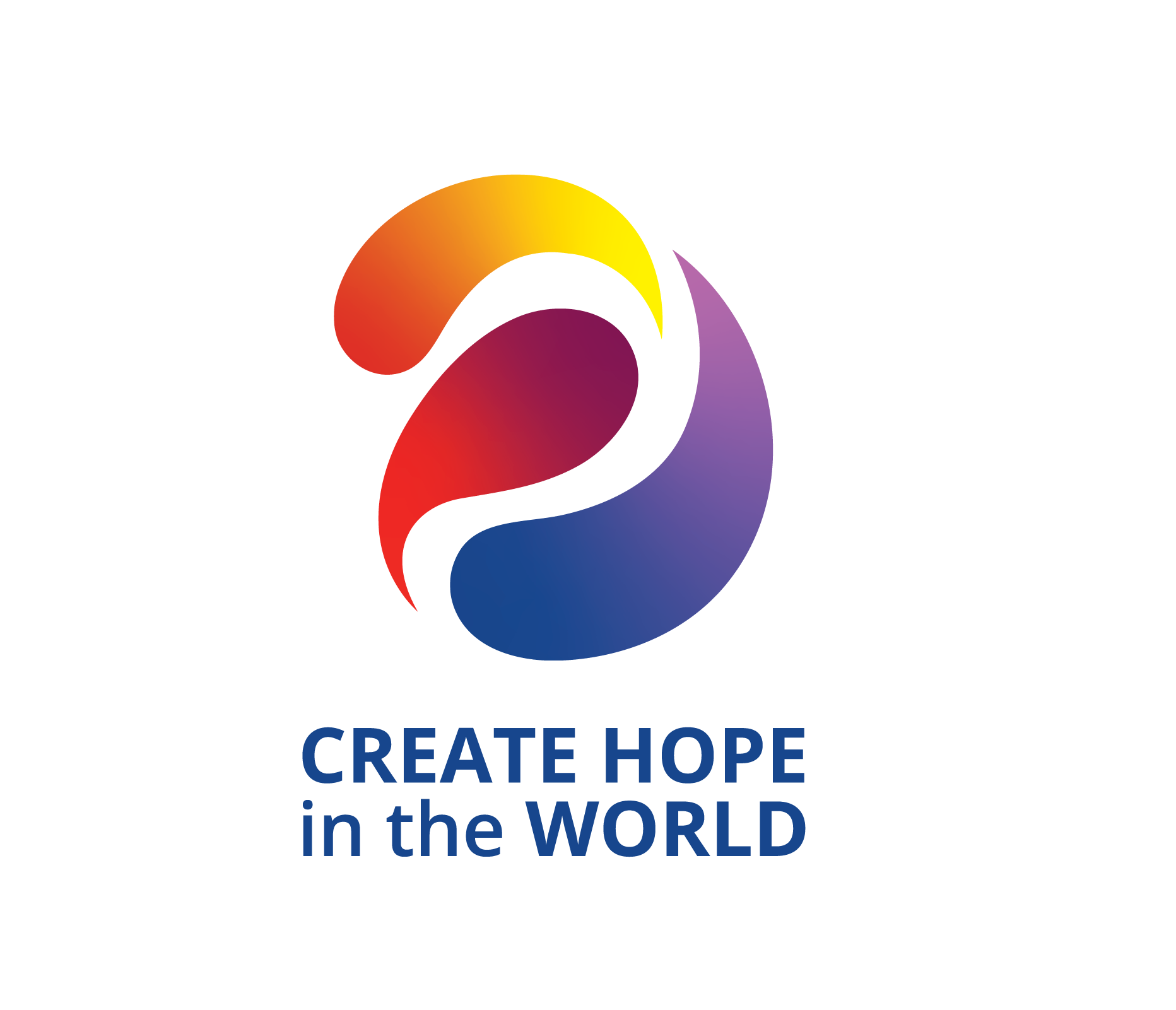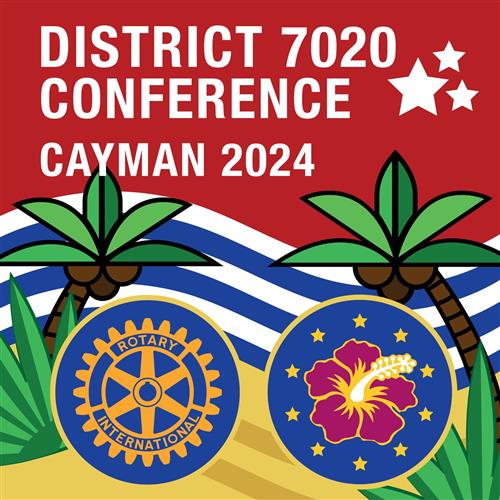As Rotary celebrates 108th anniversary, gains against polio continue

Rotarians in Toronto, Ontario, Canada, raise a banner outside city hall to publicize the polio eradication effort. Photo by Dave Andrews
Rotary’s 108th anniversary on 23 February marks a year of both achievements in the fight to eradicate polio and a stepped-up commitment to finish the job.
Worldwide, 222 polio cases were reported in 2012, a little more than one-third of the 650 cases reported in 2011. India marked its second year without polio on 13 January. Overall, the annual incidence of polio has decreased more than 99 percent since the Global Polio Eradication Initiative was launched in 1988. Then polio infected about 350,000 children per year.
Although the wild poliovirus is now endemic only in Afghanistan, Pakistan, and Nigeria, it could spread from there back to other countries.
Among Rotary’s chief responsibilities in the eradication initiative is advocacy, an increasingly important element of this latter stage of the effort. In addition to contributing more than US$1 billion to the GPEI, Rotary has helped secure over $9 billion from donor governments since the initiative began in 1988. Rotary is boosting its advocacy work in the 200 countries and regions where Rotary clubs exist to encourage every national government to help meet a $700 million shortfall (as of 1 February) in funding the GPEI through 2013.
Rotarians in Canada, for example, have used letter-writing campaigns to persuade members of Parliament to support polio eradication. In August 2012, Rotary Foundation Trustee Chair and Past RI President Wilfrid Wilkinson and International PolioPlus Committee Chair Robert Scott, both Canadians, took the lead by writing Prime Minister Stephen Harper. Every Rotarian in the country received a copy of the letter and another that asked them to contact their own members of parliament.
Within three days, Wilkinson heard back from Rotarians who had conveyed the message to the prime minister or friends serving in other government positions.
In September, the Canadian government announced the Pennies and More for Polio initiative at a high-level side meeting on polio eradication during the United Nations General Assembly. Through the initiative, which runs until 1 March, the Canadian International Development Agency and the Bill & Melinda Gates Foundation are each contributing C$1 to the GPEI for every dollar raised by Canadian Rotarians, up to $1 million. By the end of December, Rotarians had already exceeded the $1 million potential match, with the combined effort generating more than $3 million for the GPEI.
“The fundraising by Rotarians allows them to ask for support from the public at large,” says Wilkinson. “The fact that the government of Canada and the Gates Foundation are behind Rotary’s polio eradication effort is a big plus and helps our overall awareness efforts.”
Canadian Rotarians are also inviting their parliamentary representatives to Rotary club meetings leading up to Rotary’s anniversary. Rotarians everywhere can join the advocacy effort by talking to their elected officials, business leaders, and friends about polio eradication. Here are three ideas for making effective contacts:
- Share articles about polio eradication, like those on the Rotary Media Center, that draw attention to Rotary’s role and the need for support.
- Use the graphics available at www.endpolionow.org to show the importance of ending polio.
- Invite an elected official to speak to your Rotary club and use the event to highlight Rotary’s commitment to ending polio. Give the speaker a polio-related gift, such as an End Polio Now pin or a framed photo of a child being immunized, and a certificate announcing that a contribution to PolioPlus has been made in the speaker’s name.
“You have been given the greatest opportunity in history to end this disease,” said Bruce Aylward, assistant director-general for Polio, Emergencies and Country Collaboration at the World Health Organization, speaking at Rotary’s International Assembly in January. “We can only finish with Rotary's leadership.”
- For more, see the February edition of Global Outlook: A Rotarian’s Guide to Advocacy for Polio Eradication
- Download or order the PolioPlus Advocacy Flier
- Watch a video about advocacy for ending polio
- Be part of the World’s Biggest Commercial
Download the website sponsorship guide


